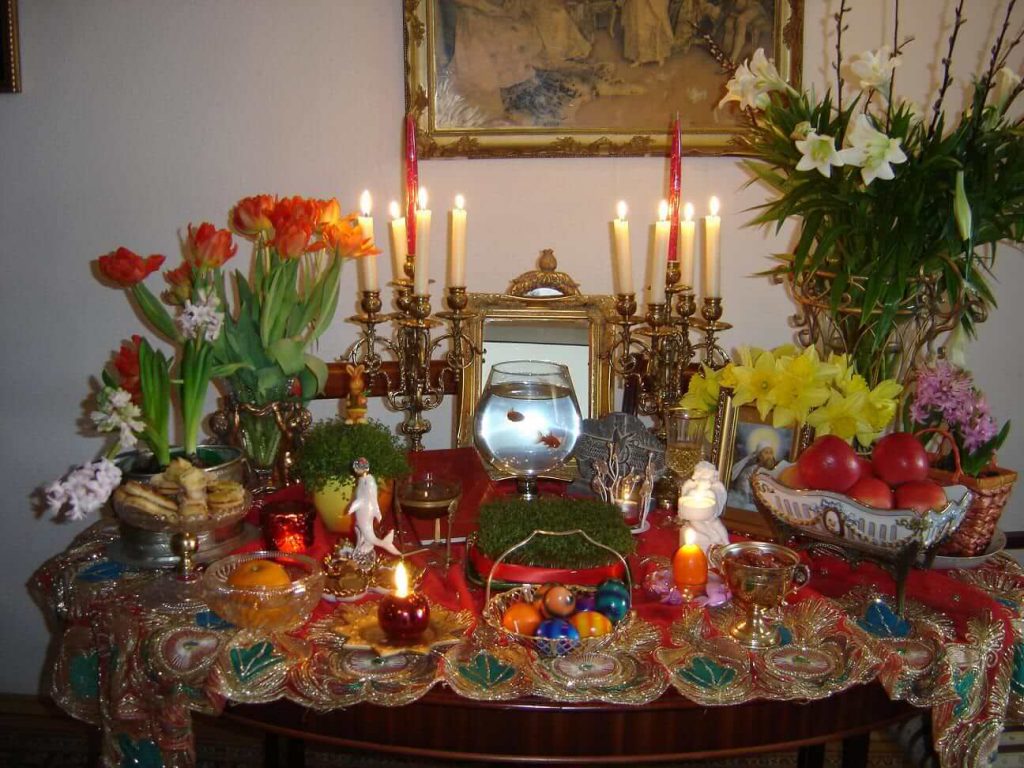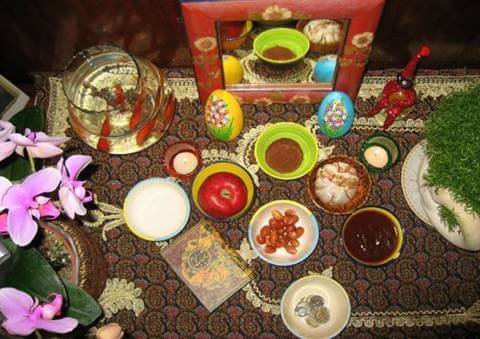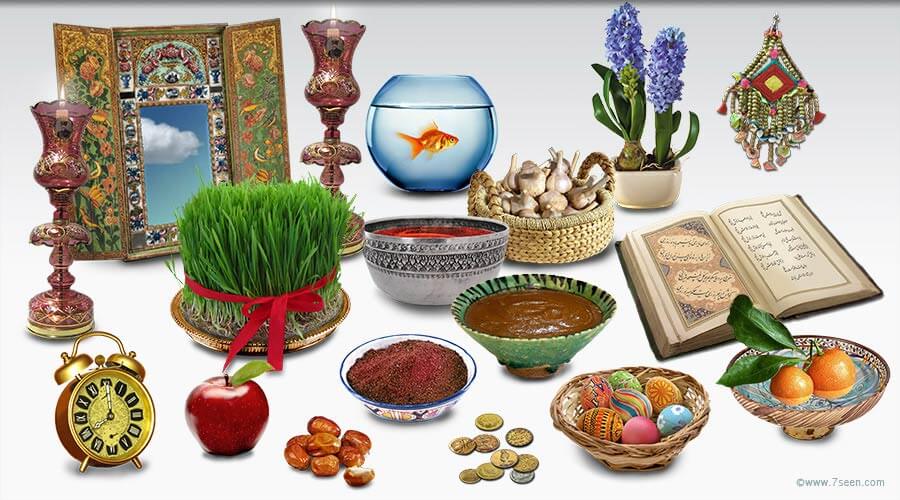What is the significance of the 7 items on the “Haft Sin” table for the Persian celebration of Nowruz?
Did you make your decision and chose Iran as your travel destination? We want to talk about what is the significance of the 7 items on the “Haft Sin” table for the Persian celebration of Nowruz. Travel to Iran to get to know about it. Are you interested in experiencing that? what do you know about Iran destination tour one of the most famous Iran travel agency in shiraz and also Iran? This is great and you can be sure that the most exciting experiences will be waiting for you. In this article, we introduce all the requirements to travel to Iran. Also, the do and don’ts of traveling to Iran. Also, we answer this question: how to travel to Iran.
Iran tour
You can join our team, Iran Destination, and get more acquainted with Iran tour and all of the tourist attractions and all the requirements to travel to Iran. Iran travel agency, Iran Destination, will organize your trip to Iran. You can offer your tailor-made trip to Iran or visit our programs on the Iran tour page. You can contact our Iranian travel agency, our agents are online to answer all your questions about Iran travel. visit Iran is a good choice to get Iran travel services such as hotels in all cities, Shiraz hotel, Tehran hotels, and all services about Iran tourism. Also, you can check out our Facebook, Twitter, and our weblog for more info.
About Haft Sin
Haft Sin (Haft Seen) could be an ancient custom in the new year vacation of Iranian called Nowruz. really it’s a table setting with seven completely different things that its essential things letters begin with (Sin-Seen “س”), but there are some things during this table setting that don’t begin with seen. Actually each item in handgrip seen could be an image from Regeneracy, Fertility, Abundance, Wealth, etc.

The common things and their symbolic definitions are as follow:
- “Sib” (Apple): it’s an awfully common item in nearly each Iranian unit handgrip seen. Its main symbolic definition is “Health”, there’s A prevailing quote in Persian culture that says “If somebody Ate Associate in Nursing apple during a day, he would ne’er need a doctor! “
- “Sabze” (Grass): it is also Associate in Nursing indivisible item in handgrip Seems, and it’s an emblem of leaf, Nature and joyousness. conjointly there are some UN agency claim it’s an emblem of affection too. Haft Sin
- “Senjed” (Russian Olive): Associate in Nursing indivisible item that symbolize the knowledge and Regeneracy. In ancient medications Senjed was utilized to invigorate the brain and memory, and then it’s thought-about as knowledge image in Haft-Seen. Haft Sin
- “Serkeh” (Vinegar): Associate in Nursing indivisible item, that symbolizes the medical aid. conjointly some believes that it is an image for Surrendering and Satisfaction. In Persian literature vinegar is employed to analohize the strain, tear, etc, since some deduce from that its symbolization that means. Haft Sin
- “Samanu“: (or Samanak, Samalak in Tajik, Sumalak in Uzbec, etc.) could be a sweat paste made of germinated wheat, that is very ready for Nowruz and it’s a history in pre-Islamic empire. really it’s an emblem for Power and bravado. Here could be an image from a lady cookery Samanu:
- “Somaq” (Sumac): Sumac could be an image for Patience and Tolerance. conjointly as Sumac could be a flavor it conjointly supposes that its image for a LifeStimulation.
- “Seer” (Garlic): like Sumac some folks contemplate it as a stimulation image. conjointly some believe that it’s happiness image and to not invade others’ rights. And conjointly in Zoroastrian literature it’s an emblem for medical aid.


Other things in Haft Sin
There is conjointly another stuff employed in Haft Sin like “Sekkeh” (Coin) (symbol of Wealth). “Sonbol ” (Hyacinth), “Sabzi” (Vegetable), “Sepand” (Peganum harmala) and etc. There also are some things in Haft-Seen that don’t begin with “Seen”, however as an emblem or a decoration, they’re conjointly employed in Haft-Seens, as follows:
- “Ayyeneh” (Mirror): it’s a typical “non-Seen” item in Haft-Seens and it’s an emblem for Lighting.
- Goldfish, it’s the image for Pisces conjointly called Fishes, that was relevant in ancient Persian calendar. Iranians place goldfishes in Haft-Seen to point that the twelvemonth starts from this month. today it’s conjointly an emblem for ending, joyousness, Blessing, etc.
- Quran, Shahnameh or Hafez author Book, as Holy-books or respectful literature in Persian culture.
- “Sham’dan” (Candlesticks)
- adorned Eggs
- etc.

About Shamdan
In Zoroastrian culture (Ancient Persian folk’s religion) Shamdan (or hearth box) could be a image of permanent limpidity. Also heat in unit and typically they lightweight candles, adequate the amount of family kids. However, there ar some UN agency refer this stuff to ancient Gods in Pre-Islamic Persian Culture like Anahita and “Spenta-Ârmaiti”.




























































































































































































































































































































































































